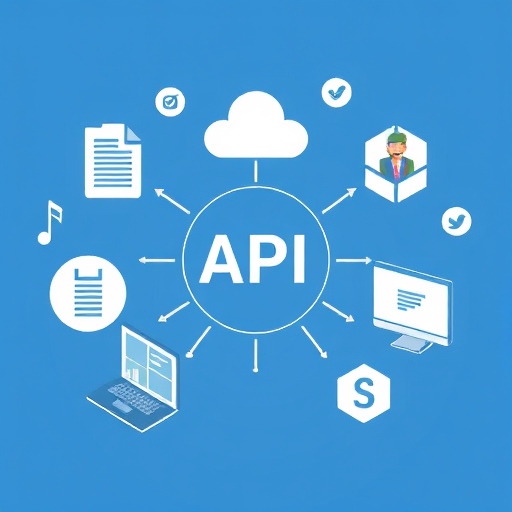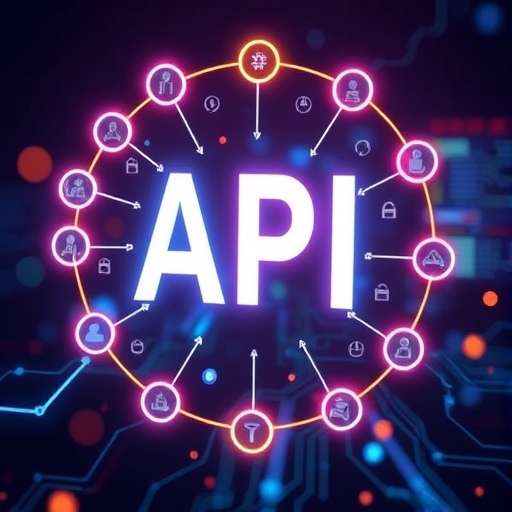In the era of digital transformation, API integration has become a cornerstone of seamless business operations. APIs (Application Programming Interfaces) allow software systems to communicate, enabling businesses to automate processes, enhance user experiences, and achieve new levels of efficiency. Whether it’s connecting your CRM to marketing tools or integrating payment gateways, APIs simplify workflows and improve functionality.
What is API Integration?
API integration involves linking different software systems through APIs to share data and functionality. For instance, when a mobile app pulls information from a database or a website integrates with third-party services like Google Maps, APIs make this interaction possible.
Benefits of API Integration
- Automation of Workflows:
APIs enable systems to communicate automatically, reducing manual intervention and the likelihood of errors. - Improved Efficiency:
Businesses can streamline operations by integrating tools and platforms, saving time and resources. - Enhanced User Experience:
With API integrations, businesses can offer features like personalized content, real-time updates, and seamless navigation. - Scalability:
APIs provide a flexible framework that grows with your business, supporting new tools and functionalities as needed. - Cost Savings:
By integrating APIs, businesses avoid the costs of building redundant systems or processes.


Key Applications of API Integration
- E-Commerce:
Integrate payment gateways, shipping services, and inventory management tools for a unified shopping experience. - Social Media:
APIs connect social platforms to websites, enabling features like social login, share buttons, and real-time feeds. - Cloud Services:
APIs link cloud platforms like AWS or Google Cloud to applications, ensuring seamless data access and storage. - Marketing Automation:
Connect CRM systems to email marketing tools for better campaign management and customer insights. - Data Analytics:
APIs aggregate data from multiple sources, providing real-time analytics and actionable insights.
Challenges of API Integration
- Compatibility Issues:
APIs from different systems may not be immediately compatible, requiring customization. - Security Concerns:
Poorly managed APIs can be vulnerable to breaches, making security a critical priority. - Ongoing Maintenance:
APIs require regular updates and monitoring to ensure continued performance and compatibility.
Trends in API Integration
- RESTful APIs:
REST (Representational State Transfer) APIs are lightweight and widely adopted for their simplicity and scalability. - Microservices Architecture:
APIs play a central role in microservices, where applications are built as a collection of small, independent services. - API Gateways:
Gateways act as intermediaries, improving security and performance in complex integrations. - Low-Code and No-Code Platforms:
These platforms simplify API integrations, allowing non-developers to connect systems with minimal coding.
Spiderhunts Technologies: Your API Integration Experts
At Spiderhunts Technologies, we specialize in delivering tailored API integration services to meet your business needs. Our offerings include:
- Custom API Development: Design APIs that fit your unique requirements.
- Third-Party API Integration: Connect with popular services like PayPal, Google Maps, and more.
- Cloud API Integration: Seamlessly link your systems to cloud platforms.
- Maintenance and Support: Ongoing updates to ensure optimal performance.
Conclusion
API integration is a vital tool for businesses aiming to stay competitive in the digital age. By enabling seamless connectivity between systems, APIs enhance efficiency, user experience, and innovation. Whether you’re looking to integrate e-commerce platforms, automate workflows, or connect to cloud services, a well-implemented API strategy can transform your operations.
Ready to unlock the full potential of API integration? Contact Spiderhunts Technologies today and let our experts design a solution tailored to your business.

